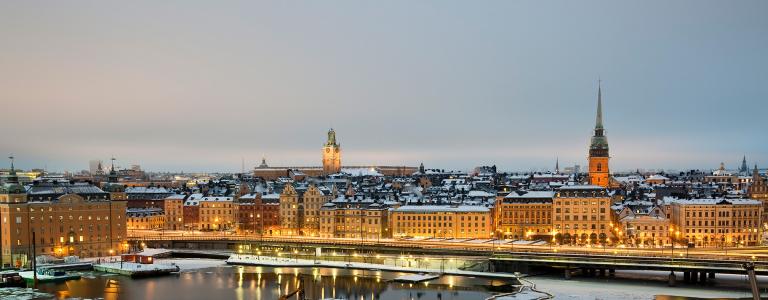The Significance of Stockholm+50
The months leading up to the Stockholm+50 Conference in June 2022 have seen a frenzy of activity, as the international environmental community prepares to celebrate major milestones in its history and channel new momentum into efforts to achieve the Sustainable Development Goals.
Ambassador Johanna Lissinger-Peitz, Deputy Director, Ministry of Environment, Sweden sat down with our Earth Negotiations Bulletin team to examine why it matters that we celebrate the 50th anniversary of the original Stockholm Conference in 1972 and how we live up to its vision.
Follow our Earth Negotiations Bulletin team's coverage of Stockholm+50 and explore with IISD the history, lessons learned, and road ahead for sustainable development.
You might also be interested in
Fresh negotiations on UN High Seas Treaty begin in New York. Here's what to expect
A new round of negotiations on the much-awaited United Nations High Seas Treaty for conservation and sustainable use of marine biological diversity of areas beyond national jurisdiction (BBNJ) began in New York February 20, 2023.
Border Carbon Adjustment Mechanisms and Impacts on Vietnam
This report consolidates, analyzes, and presents views and perspectives of stakeholders from Vietnam on border carbon adjustment (BCA) schemes to contribute to the global debate on BCA good practices.
The United Kingdom's Strategy for Carbon Border Adjustment in a Changing Global Landscape
This report consolidates, analyzes, and presents views and perspectives of United Kingdom stakeholders on its proposed Carbon Border Adjustment Mechanism (CBAM) to contribute to the global debate on international principles and best practices for national border carbon adjustment schemes.
Global Dialogue on Border Carbon Adjustments: The case of Brazil
This report consolidates, analyzes, and presents the views and perspectives of stakeholders from Brazil on border carbon adjustment (BCA) schemes to contribute to the global debate on BCA good practices.
